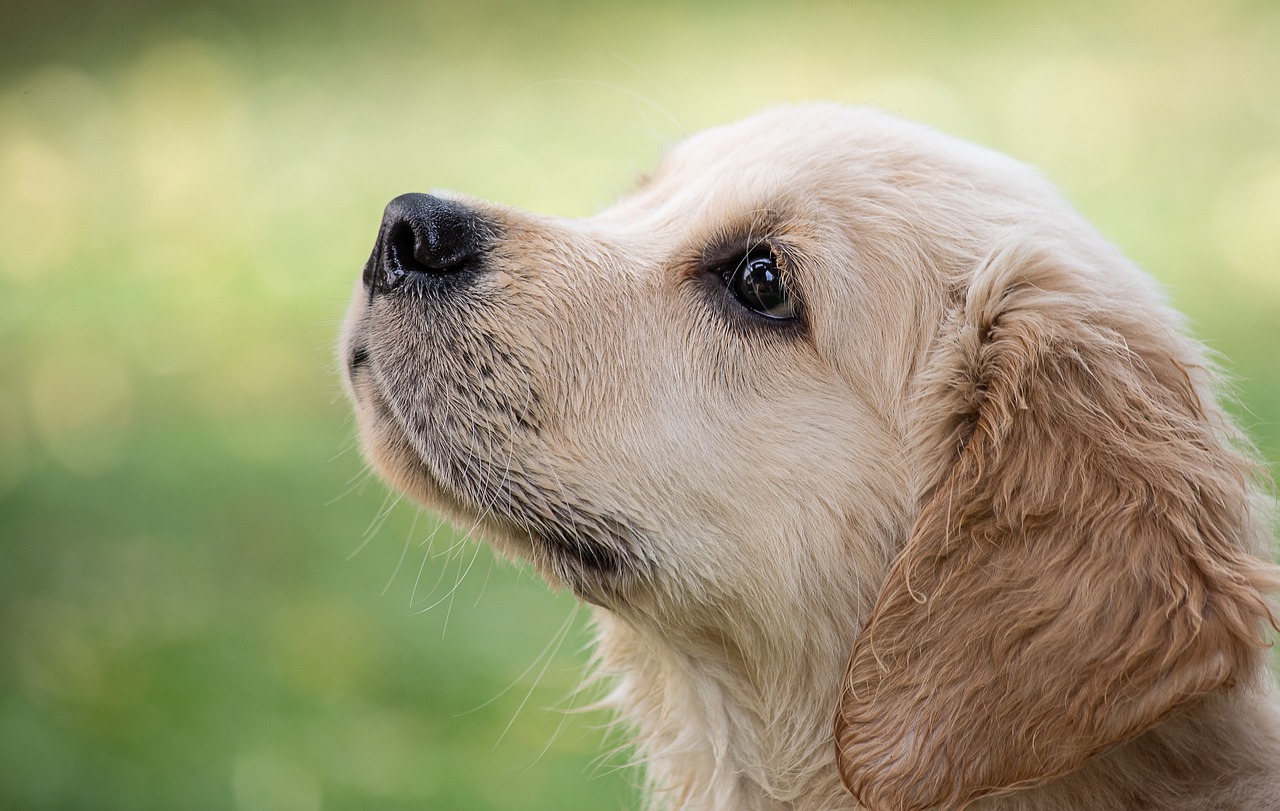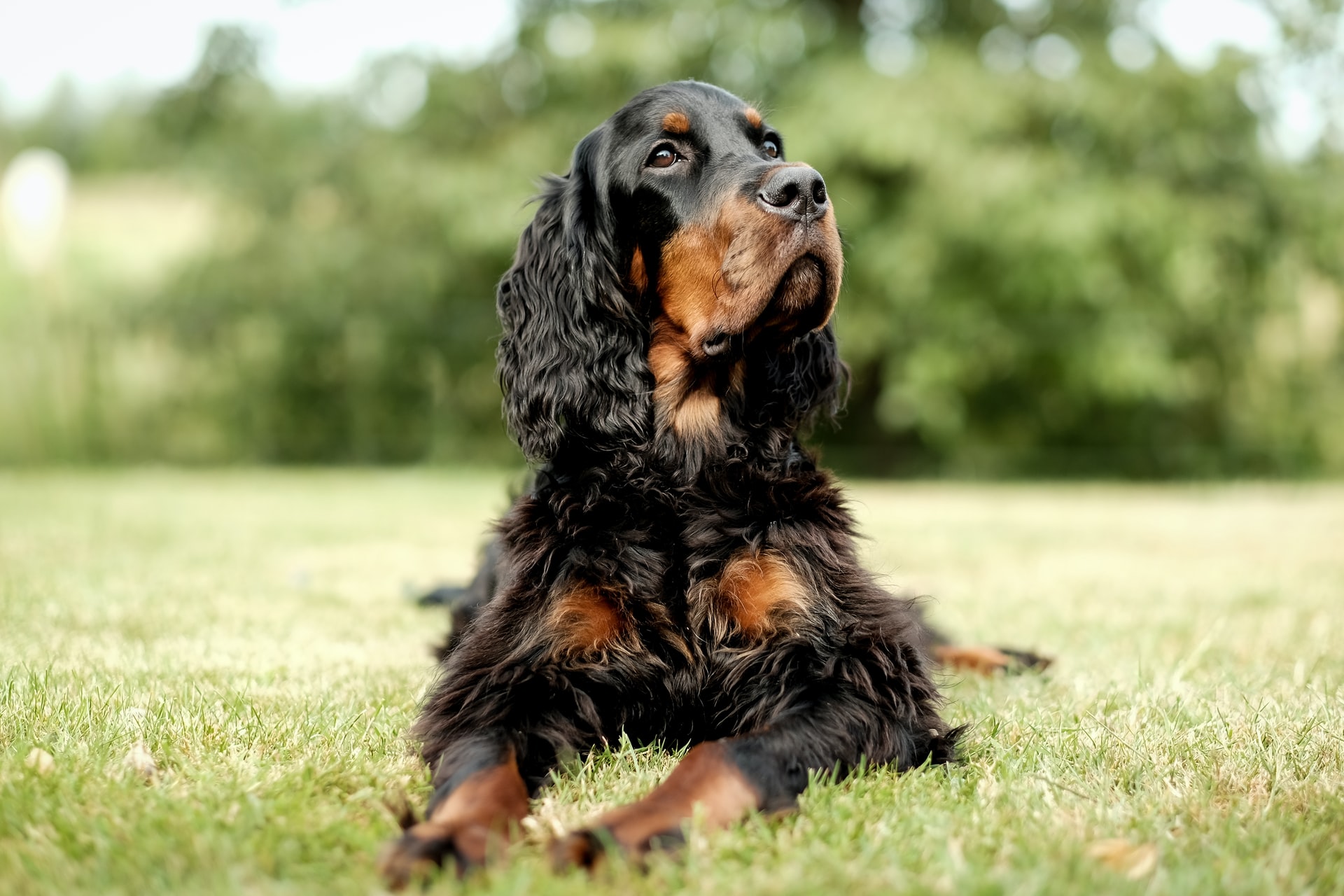Photographer / TONY RAINE and MARTIN CLAY
Are Kennel Club health tests jeopardising the future efficacy of our gundog breeds? Gundog breeding has changed in many ways over the past few decades. Mostly for the better; we’re now more informed than we’ve ever been.
But is the growing trend to breed only from fully ‘clear’ dogs that have undergone the required Kennel Club health tests a step too far? Could it, in the long term, be narrowing the gene pool and distracting us from other key factors when breeding, such as trainability, temperament, game-finding prowess and, ironically, the health of our working breeds further down the line?
What Are The Recommended Kennel Club Health Tests?
Today, a host of Kennel Club health tests are recommended - or required, if you’re a Kennel Club Assured Breeder - and these vary from breed to breed.

Many gundog owners will be familiar with the screening of sires and dams for hip and elbow dysplasia and hereditary eye defects such as PRA (progressive retinal atrophy). However, in addition to these, there is now a growing list of DNA screening options that tend to be encouraged by veterinarians. They now test for diseases and defects that we weren’t aware of until relatively recently, such as:
- Centronuclear Myopathy (CNM)
- Exercise Induced Collapse (EIC)
- Hereditary Nasal Parakeratosis (HNPK)
- Skeletal Dwarfism (SD2)
Do The Kennel Club Health Tests Go Too Far?
Of course, it’s a good thing that breeders and owners are more aware of health issues that can affect a dog’s life. Many of these health tests are very valuable; in a gundog we want an athlete - think stamina, agility, alertness - and the Kennel Club health tests can help us ensure we are breeding dogs that are sound in this respect.
However, my concern is whether as canine science progresse, are gundog breeders becoming too fixated on satisfying a growing number of tests at the expense of other key considerations? I am especially concerned that this may be the case as new diagnostic DNA disease tests develop and we realise the full extent and prevalence of inherited conditions in many of our dog breeds.
Through my work as a professional dog trainer, and having run boarding kennels for the past 10 years, I see 50-60 dogs a day. I worry that some of the diseases or defects that vets are encouraging people to test for now - Exercise Induced Collapse, for example - could be adding to a minefield that might discourage some from breeding at all.

The law of averages dictates that as the number of ‘hoops’ to jump through increases for breeders intent on only breeding from ‘fully clear’ dogs, the number of dogs being bred from will lessen, and genetic diversity will suffer. In years to come, will this not be to the detriment of the breed in question?
In general terms, there are three possible outcomes for most of the Kennel Club DNA testing: a dog is classed as being ‘clear’, a ‘carrier’ or ‘affected’.
- ‘Clear’ dogs are those found not to have the gene that’s being tested for
- ‘Carriers’ are found to have one copy of the disease gene present, are not medically affected and do not exhibit disease symptoms
- ‘Affected’ dogs are found to have two copies of the disease gene and will be medically affected by it
How Should The Outcomes Of Kennel Club Health Tests Influence Breeding Decisions?
This question becomes particularly interesting when we consider the implications of various breeding pair combinations:
- A ‘clear’ dog mated with a ‘clear’ bitch will, of course, produce a litter of ‘clear’ puppies
- A clear dog/bitch mated with a carrier dog/bitch will produce a litter of up to 50% clear and 50% carrier puppies
- Two carriers will produce a litter that is 25% clear, 50% carrier and 25% affected
- Two affected parents will produce a litter of affected pups.
Why the increasing insistence to mate only a clear dog and a clear bitch, then? Is it pressure from vets? Is it a growing demand from prospective owners who perhaps do not understand the ins and outs of breeding? There seems to be a stigma attached to ‘carriers’, but is it justified?
This is important because breeding is about so much more than satisfying health tests. The best breeders spend a lot of time researching different lines and analysing different possibilities to strengthen and continuously improve their lines, matching dogs whose strengths complement one another with the aim of producing a better all-round working companion.

For example, a spaniel that is excellent in every other respect but lacks drive when hunting in thick cover, would be mated with a dog that is proven to be very good in this regard. Or a labrador bitch that is a weak swimmer - despite being introduced to water in the correct manner - will be mated with a dog that excels at water work. It’s easy to spend hours and hours learning about a potential sire or dam, going as far back in a dog’s lineage as its great-grandparents - and it’s wise to do so.
It’s about being educated, selective and responsible, and not rushing into things. Personally, the fact that a dog is a carrier of a defect would not stop me from mating it with a clear dog if that mating otherwise made very good sense. We must think about the future of our breeds - how fit for purpose will our working breeds be?
To complicate things further, not all of the health defects tested for are affected exclusively by genetics. It is thought that hip dysplasia, for example, can be exacerbated - but not caused - by allowing young dogs to put strain on growing joints, such as by jumping up at kennel doors, and placing a lot of weight on hind legs etc. This can lead to poorer hip scores further down the line, and may cause a dog that would be considered acceptable to breed from, to fall outside of the ‘accepted’ scoring ranges.
How Can I Make An Informed Breeding Decision Based On Kennel Club Health Tests?
Fortunately, there are resources available that can help prospective gundog breeders make informed and sensible decisions when selecting a dam and a sire. The Kennel Club’s free online Inbreeding Coefficient Calculator helps show the degree of inbreeding for puppies that could be produced from a hypothetical mating.
The Kennel Club’s website also provides health-related information about individual dogs that you might be considering, including estimated breed values (EBVs), which determine the genetic risk of each dog passing hereditary diseases to their offspring.
By taking our time and using such resources to our advantage, we can breed from a ‘carrier’ safe in the knowledge that its working ability will be passed on, but any defects will not directly affect its offspring. That said, it’s worth remembering that neither of the resources mentioned in the previous paragraph will tell you anything about the working ability of the potential puppies; on that front there is no substitute for a sound familiarity with a potential mate’s ability in the field.
Subscribe to Gundog Journal today for more information on breeding gundogs, and please don’t hesitate to contact us here if you have any questions.